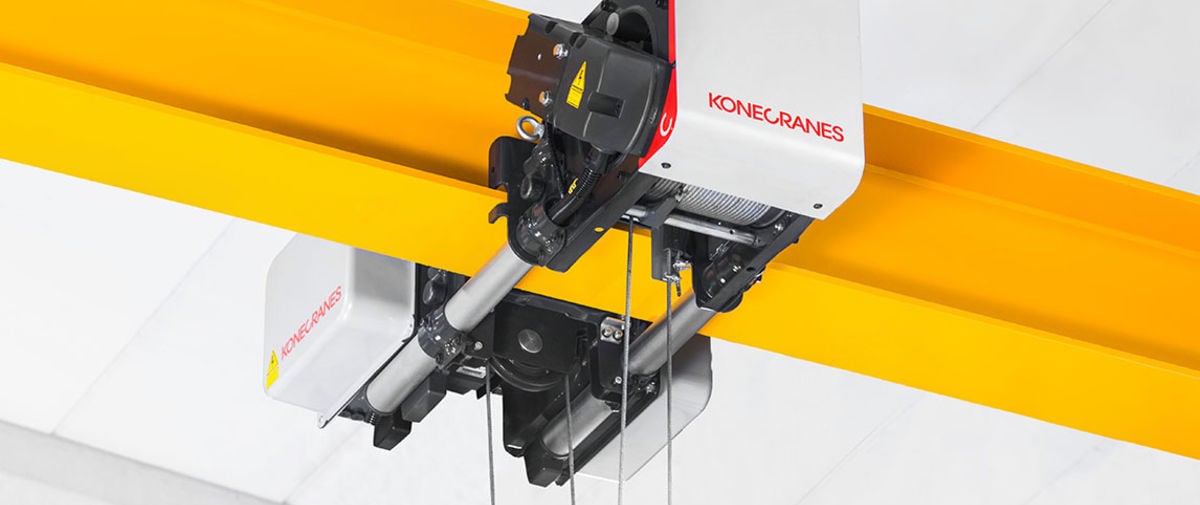Wire rope hoists cover the bulk of industrial lifting needs, from 1-ton capacity on up to 80 tons—and beyond.
Justyn Penfold, Industrial Crane Sales
Choosing the right wire rope hoist for your application requires a few important considerations:
- Frequency of lifts you expect from the hoist.
- The weight the hoist will routinely handle. Also factor in the occasional lifts made at your facility that exceed your standard day-to-day workload. To prevent overloads and equipment failure, buy a crane and wire rope hoist that is rated a bit higher than the heaviest loads that you expect.
- Your future needs. A 5-ton hoist may be enough now. But do you foresee changes in your product line or processes that will require greater capacity in the next few years? Thinking ahead will save you the added expense of replacing a hoist.
- The types of material and products that the hoist will lift. A basic wire rope hoist may be all you need for tough, solid loads like rugged steel pipes. But if your hoist will be lifting and lowering more sensitive items such as materials or assemblies in aerospace or nuclear industries, you may need a hoist equipped with sophisticated controls such as Konecranes Smart Features.
Wire rope hoist control features
Wire rope hoist motors controlled by variable frequency drives (VFDs) facilitate precise, controlled movements that are required for handling more delicate items. And VFDs for bridge and trolley motions reduce load sway by gradually accelerating and decelerating travelling speed. Microspeed or inching speed controls also assist with precision lifts and sets of delicate loads.
Sway Control anticipates and corrects for the inertia that a load will experience when you let off the travel buttons, based on the weight of the load, how low it hangs from the hoist and the speed of trolley and bridge travel.
Another important feature to look for in wire rope hoists is Shock Load Prevention. This prevents shock loading, which damages wire ropes and the crane structure. Shock Load Prevention automatically slows the hoist when it senses that a lift is initiated too abruptly, particularly a heavy load or a load, such as a mold, that is breaking free from a mount.
For cranes with more than one wire rope hoist, Hoist Synchronization is a valuable feature that enables hoists to safely lift a large or long object in tandem.
The most sophisticated wire rope hoists are part of a closed-loop system in which the VFDs communicate directly with the hoist motor. In these systems the hoist can correct for issues involving the load, preventing a safety hazard or crane damage.
When are chain hoists the preferred option?
Wire rope hoists are the best solution for most applications. However, chain hoists are an economical alternative for lower capacity applications in workstations and shops, as well as in rough and tumble environments. The more enclosed bodies of chain hoists better protect against caustic chemicals as well as the elements in outdoor applications, including salt spray on oil platforms.
We have a full range of rope hoists to fit your lifting needs.
